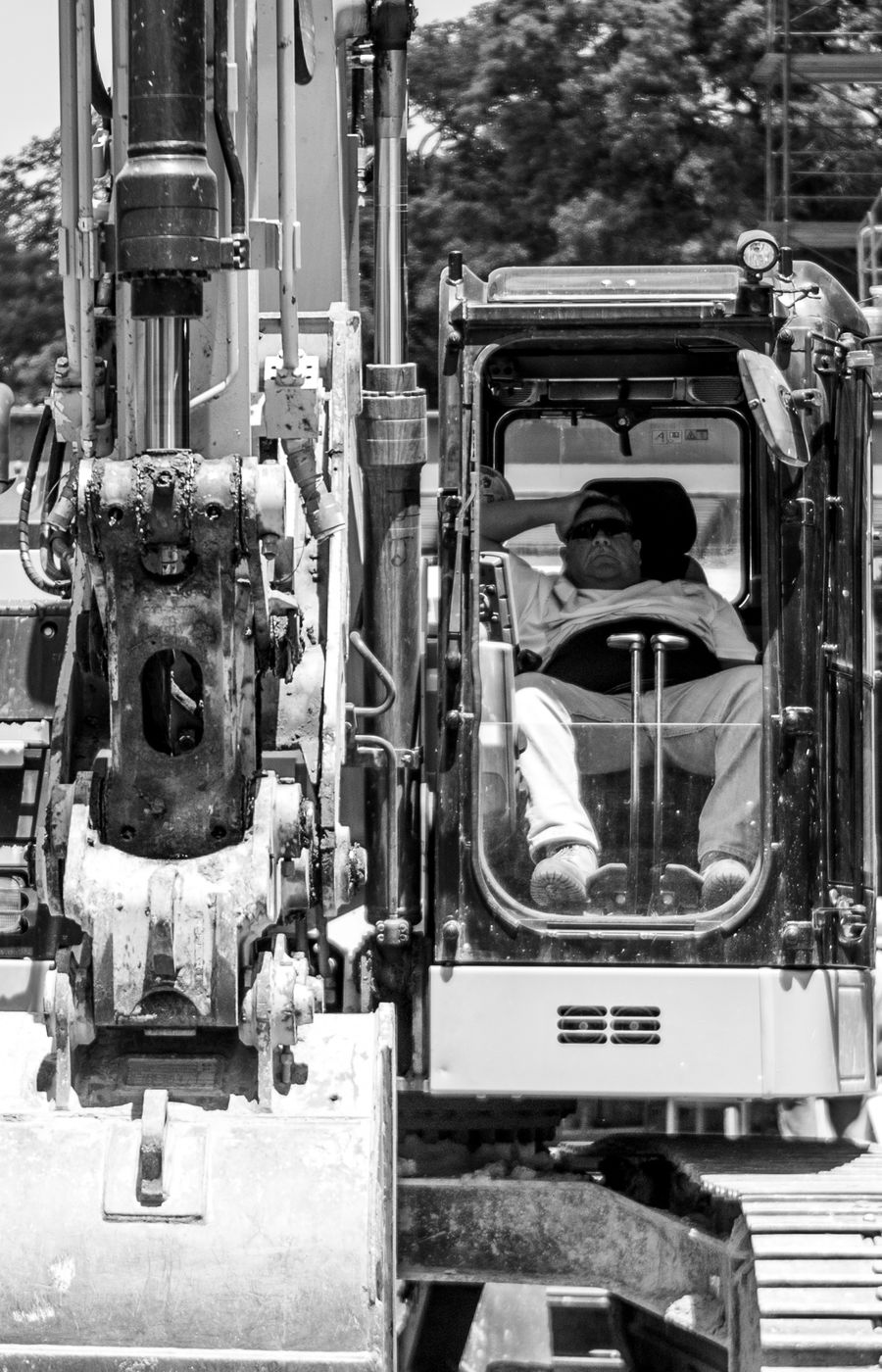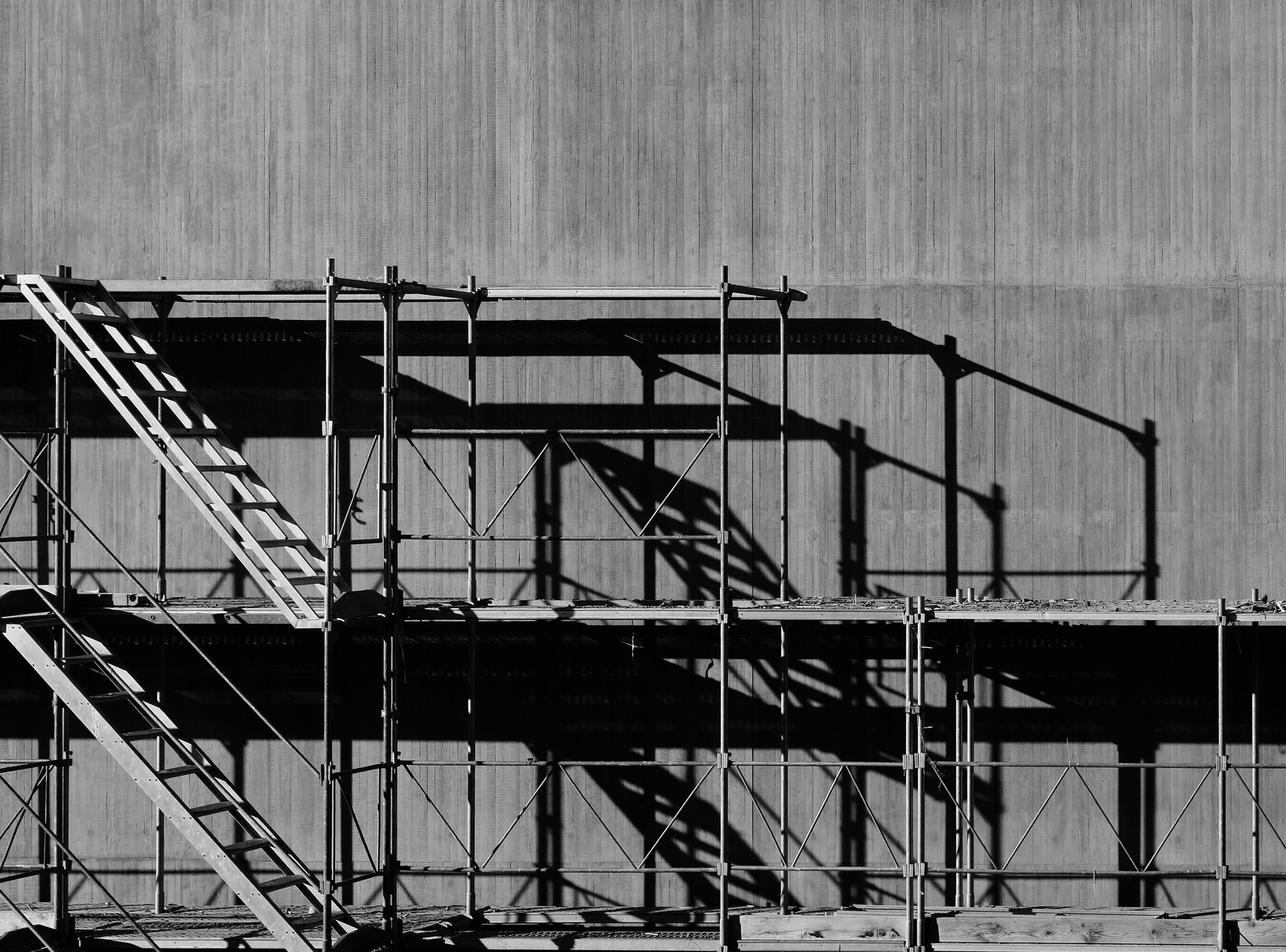
It's time for the global construction industry to up their game on climate
The construction industry consumes half of all raw materials extracted annually by humanity.
The area covered by cities is expected to triple by 2050. This will drive up urban material consumption from 10 to 90 billion tonnes.
90% of global biodiversity loss is associated with raw material extraction, half of which is due to construction.
By 2050, the lifecycle emissions of cement, steel, aluminium and plastics could amount to more than 900 GtCO2e, while the global carbon quota for keeping within the Paris Agreement is under 500 GtCO2e.
There will be more demand for new construction because:
The world’s human population is growing, and more homes are needed
The average floor area of new homes is going up in many developing countries, while at the same time family sizes are shrinking in many developed countries
The climate emergency means more turbulent weather and more damage to infrastructure, which increase repair needs
Sea levels will rise several meters, meaning flood walls will have to be built and eventually buildings, infrastructure and even whole settlements will have to be relocated further inland.

The industry is not winning the future
The buildings of today are still mainly built using bricks or concrete, making them just as material intensive as 100 years ago.
The industry is not fit for a circular economy:
-The reuse of building components is difficult in legal, commercial and
practical terms
-Flexibility and adjustability are not sufficiently addressed
-Recycled construction and demolition waste goes into low value downcycling, such as road construction.
The sector is fragmented, consisting mostly of micro-sized businesses.

If a new building is the only answer…
Identify a location in a built-up area, so that additional land-use change is minimal
Design well-functioning spaces that can provide more services and comfort in smaller floor area
Prioritise reused or renewable building materials
Minimise waste
Ensure long service-life with adjustable and flexible spaces & resilient technical solutions
Design for disassembly and relocation
Apply a lifecycle approach to the entire process
Prepare for an uncertain future
Significant resources have already been invested into our built environment. We cannot afford to waste them!
